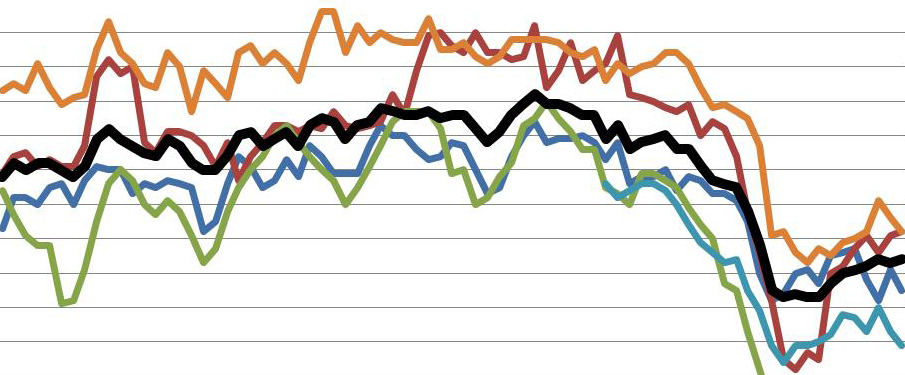Several Statistics seminars are held each term. Recent guest speakers have included Professor Idris Eckley (Lancaster), Dr Alison Parton (Sheffield), and Professor Barbel Finkenstadt (Warwick).
Details of upcoming seminars are listed below. All are welcome.
Seminars are cyurrently taking place on Teams. Please contact Dr Peng Liu for joining information.
Thursday 7th October, 2pm-3pm
SPEAKER: Dr. Eduard Campillo-Funollet, University of Kent, United Kingdom
TITLE: Modelling and forecasting COVID-19 in Sussex
ABSTRACT: At the beginning of the COVID-19 pandemic, the Sussex local authorities approached us to model the effects of the pandemic in the region. In this talk, I will present a compartmental model for the dynamics of COVID-19 and its calibration using a maximum-likelihood approach. I will also present several research problems that branched from the original work, from a reformulation of the classical SIR model to model selection methods to validate the underlying model hypothesis.
Wednesday, 13th October, 4pm-5pm
SPEAKER: Dr. Amy Willis, University of Washington (Seattle), United States
TITLE: Measurement error in compositional data and the replicability of microbiome studies
ABSTRACT: The composition of bacterial taxa in a microbiome is an important parameter to estimate given the critical role that microbiomes play in human and environmental health. However, high throughput sequencing distorts the true composition of microbial communities. Sequencing mock communities — artificially constructed microbiomes of known composition — clearly illustrates that observed composition is a biased estimate of true composition, with certain taxa consistently overobserved or underobserved compared to their true relative abundance. We propose a statistical model for bias in compositional data, illustrating its performance on data from the Vaginal Microbiome Consortium. We also present our assessment of the replicability of human microbiome data, where we find that different sequencing facilities find substantially different signals in identical specimens. We conclude with recommendations for the design and analysis of microbiome studies.
